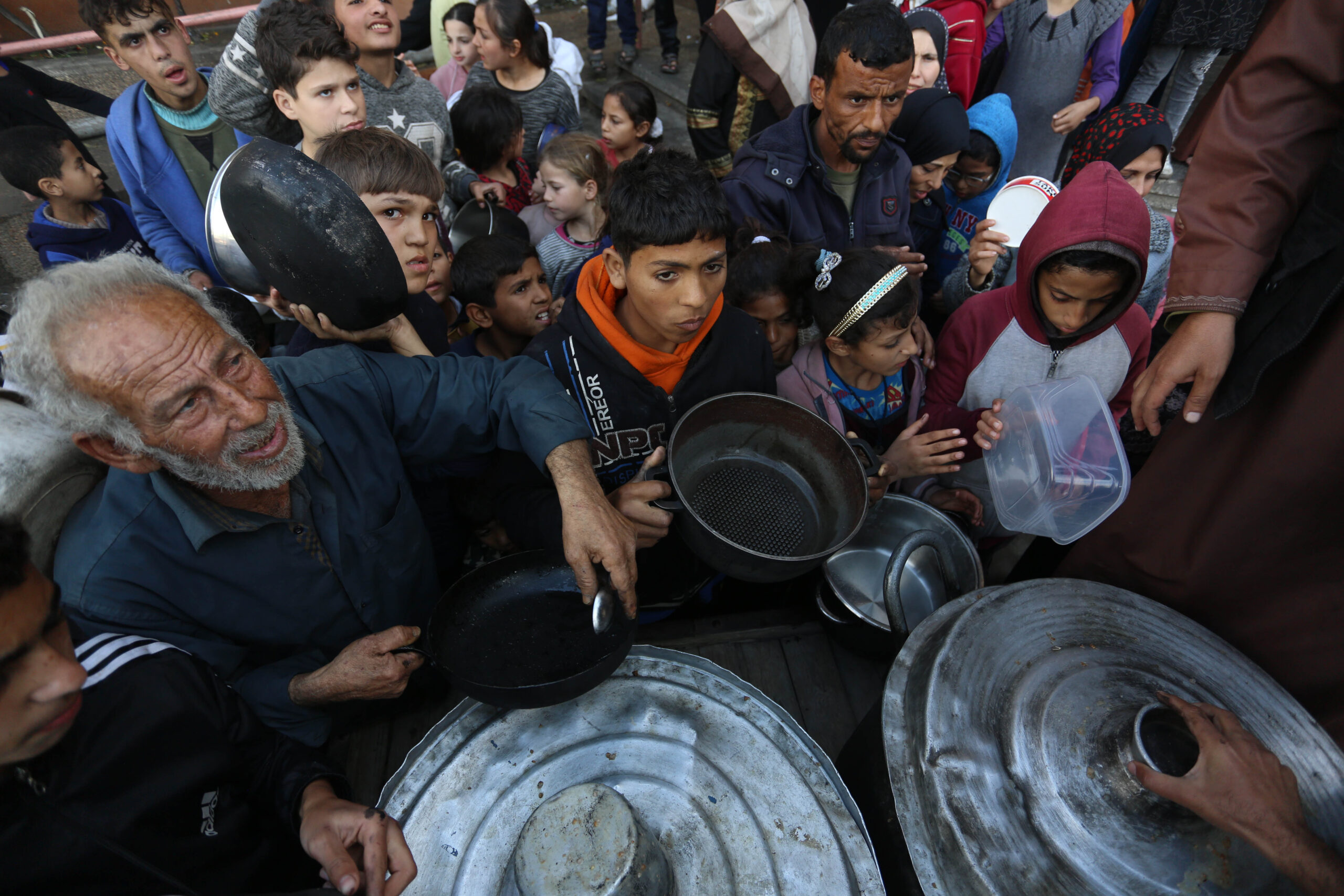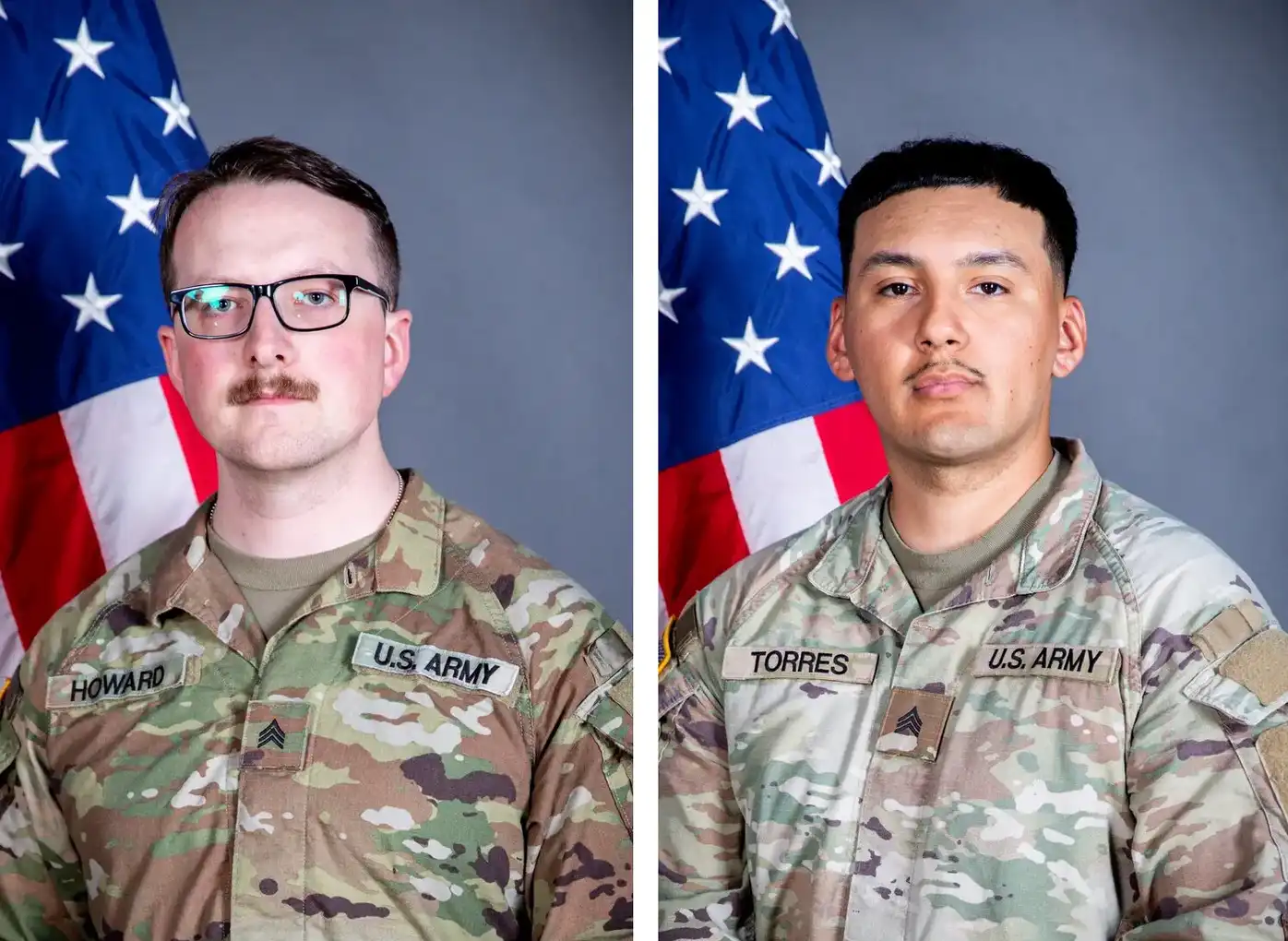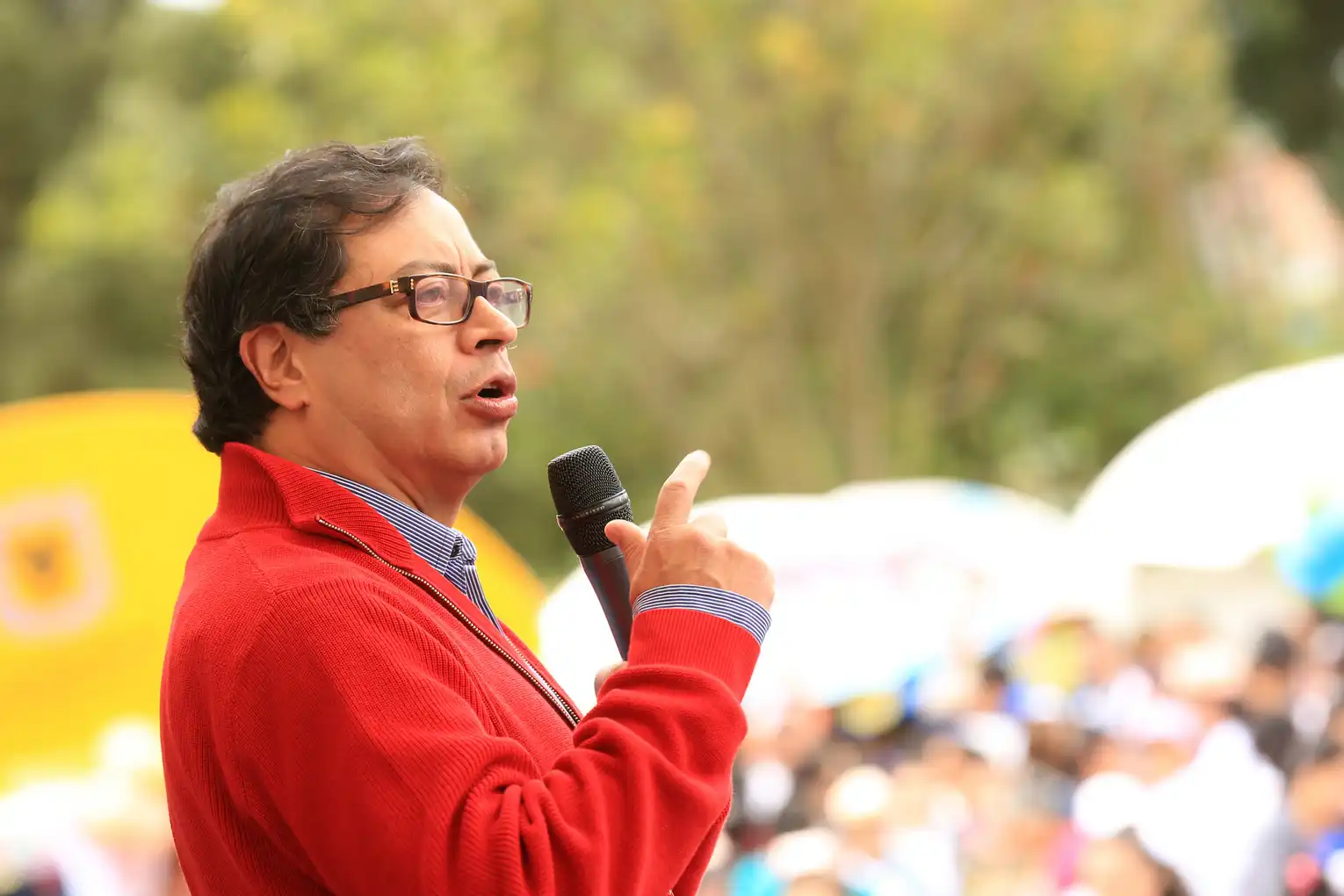Israel’s siege on Gaza has been ongoing for approximately 1 year and 10 months. From the operational standpoint, the effort to target and eliminate Hamas has, however, long since exceeded any response that could be described as ‘targeted’. Amid the continuing mass violence against the Palestinian people, the worsening situation of the food crisis in the Gaza Strip has triggered widespread global concern and outrage.
In July, the IDF announced a daily humanitarian aid ceasefire for 10 hours in Al-Mawasi in the southwest, Deir Al-Balah center, and Gaza City in the north. These are locations where the Israeli government has displaced the entirety of the population that lived there. The UN also reports that the humanitarian pause allowed over 100 trucks to enter the Gaza Strip through Kerem Shalom in the south.
According to NPR News, Israel’s decision to impose the humanitarian pause reflects the growing international criticism over its restriction on aid. While this pause opens a small window for humanitarian aid organizations to reach the Palestinian people, the food crisis is reaching levels typically reserved for events declared as famines.
“Gaza Strip will face high levels of acute food insecurity (IPC Phase 3 or above) by September 2025, including half a million people in Catastrophe (IPC Phase 5), characterized by an extreme lack of food, starvation, destitution and death,” reported the Integrated Food Security Phase Classification’s latest record from July,
“Malnutrition was expected to reach Critical levels (IPC Phase 4) in North Gaza, Gaza, and Rafah governorates, with more than 70,000 cases of children under the age of five and 17,000 cases of pregnant and breastfeeding women facing acute malnutrition across the territory. A risk of Famine was felt in all areas of the Gaza Strip”.
“Acute malnutrition is a nutritional deficiency resulting from either inadequate energy or protein intake… refer to pediatric undernutrition as a state of nutrition in which deficiency of energy, protein, and other nutrients leads to measurable adverse effects on tissue and body function, and clinical outcome of growth deviation,” described by the National Institutes of Health. What was once a concern of acute malnutrition in Gaza City has become the “worst-case scenario of famine” and “immediate action must be taken” in order to stop the events being lived by the Palestinian people.

Worse than worst case
The UN stated last Monday that about 1,500 Palestinians have been killed in an effort to receive humanitarian aid, as a UN spokesperson further explained many of the deaths happen “along UN convoy routes and militarized distribution points”.
A US-Israeli-backed private organization known as the Gaza Humanitarian Foundation has been criticized for directing Palestinians to heavily militarized distribution centers, where many have been killed or injured, and have gained a reputation as a “death trap”. The Trump Administration has given $30 million to GHF and claimed it has distributed more than 46 million meals for the Palestinians.
In an interview with Tucker Carlson, US Green Beret veteran Tony Aguilar, who was deployed 12 times to Global War on Terror combat zones, described witnesses shocking war crimes in Gaza. Aguilar details the horrifying scenes at distribution sites, explaining that personnel from UG Solutions radios the IDF to indicate a site is ready, at which point desperate crowds are released.
“It’s dehumanizing,” he says, describing a “massive tidal wave of starving people” rushing toward the aid. According to Aguilar, once the crowd approaches, the IDF opens fire with machine guns, mortars, tank rounds, and artillery. A video recorded by Aguilar shows Palestinians running toward Gaza Humanitarian Foundation (GHF) aid boxes as gunfire echoes in the background, further illustrating his account.
While the Israeli government denies the food crisis’ effect on the Palestinian people, they place the direct blame on Hamas and the UN. They stated that the idea of starvation in Gaza is a “false campaign promoted by Hamas”. Elon Levy, an Israeli spokesman, claims to have been urging the UN to remove humanitarian aid that has been left behind in Israel. The UN has given an account of the dangerous obstacles imposed by the IDF, inhibiting the flow of aid. Various humanitarian foundations conclude that in order for aid to reach a larger number of Palestinians, there needs to be a call for a ceasefire.
More than 200 NGOs are urgently calling for action against the GHF and for the reinstatement of the UN-led coordination model to manage aid distribution. They highlight that out of 400 former aid distribution points, only four now remain, all militarized and controlled, where over “500 Palestinians have been killed and nearly 4,000 injured” while simply trying to access food. Deaths by starvation have already been reported by the dozens.
The collective call by action by NGOs demands an immediate end to the siege, a rejection of militarized aid systems, and the restoration of a unified, UN-led humanitarian response.
Israel’s Fiery Finance Minister Bezalel Smotrich previously stated that he would not allow one single grain of wheat will enter the Strip following the end of a two-month ceasefire back in March. The IPC reported that as a matter of fact, an 80-day blockade of food into Gaza entered into effect on March 2nd, and even after aid was resumed, it came in at one-third of the bare minimum caloric requirements for the existing population, not taking into account any nutritional concerns. WaL
We Humbly Ask For Your Support—Follow the link here to see all the ways, monetary and non-monetary.
PICTURED ABOVE: Palestinians crowd a food distribution point earlier in the war operated by UNRWA. PC: Ashraf Amra © UNRWA




Great article
Really great information. This needs to be shared.